Resources
About Us
Environmental Testing Market Size, Share, Forecast, & Trends Analysis by Products (Mass Spectrometers, pH meters), Sample, Contamination, End User (Agriculture & Irrigation, Government and R&D Laboratories, Industrial Product Manufacturers), and Geography - Global Forecast to 2032
Report ID: MRICT - 104301 Pages: 250 Jan-2025 Formats*: PDF Category: Information and Communications Technology Delivery: 24 to 72 Hours Download Free Sample ReportThe growth of the environmental testing market is primarily driven by the increasing government regulations related to environment protection, rising awareness about environmental pollution, and growing need for cost-effective and time-saving customized environmental testing services. Moreover, the rising adoption of environmental testing solutions in government and R&D laboratories is expected to generate growth opportunities for the players operating in this market.
In recent years, there has been an increasing emphasis on actively pursuing environmental sustainability goals. A few steps that can be taken toward achieving environmental sustainability include protecting non-renewable resources, supporting and advancing sustainable farming, carbon offsetting; supporting reforestation and other regenerative projects; reducing the consumption of fossil fuels by encouraging the use of renewable energy, limiting pollution, composting, and supporting clean air & water initiatives. Many government standards & initiatives are being introduced for environmental conditions monitoring. Regulatory frameworks for environmental sustainability are also becoming progressively stringent.
The legislation on environmental testing is evolving as governments seek to track climate change, check agricultural usage patterns, and detect landslides and heat loss. Also, governments and regional associations are accelerating investments in reducing carbon footprints and building environmentally sustainable economies.
Some of the recent developments in this domain are as follows:
Such initiatives are expected to drive the adoption of environmental testing products. Thus, government funding to promote environmental sustainability drives the growth of the environmental testing market.
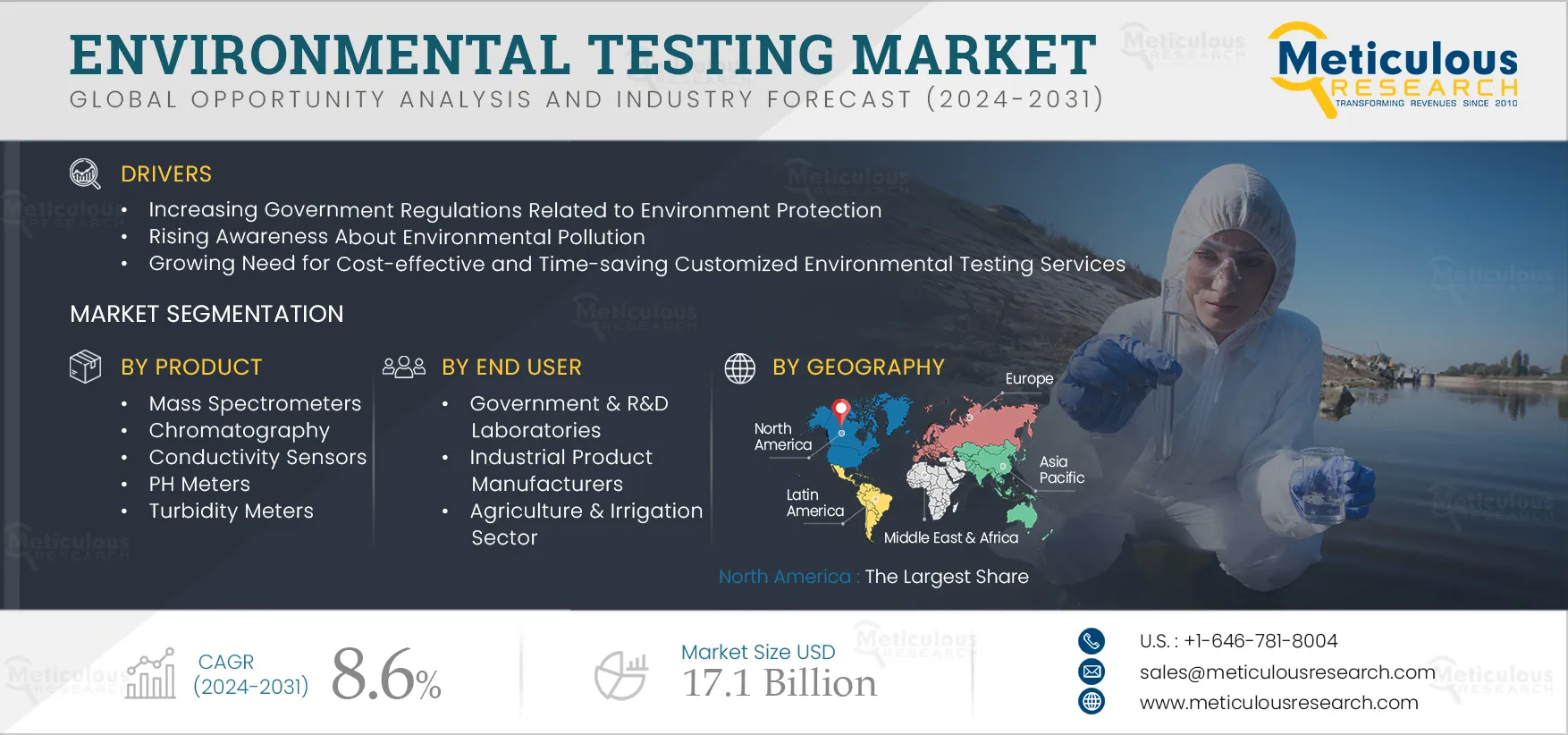 Click here to: Get Free Sample Pages of this Report
Click here to: Get Free Sample Pages of this Report
Cost-effective and time-saving customized environmental testing services are essential for organizations aiming to balance regulatory compliance, operational efficiency, and budget constraints. Companies require tests tailored to their specific samples, meeting their criteria, and delivering results efficiently within the allotted time. Therefore, several analytical laboratories have recognized the need for customized testing services and offer testing services as per client requirements. This allows companies to control their testing expenditures and optimize time usage. It also helps the clients obtain accurate data and analytical understandings, establishing a long-term relationship between analytical laboratories & companies. Environmental testing labs play a crucial role in furnishing manufacturers with vital information about their products and how they perform under specific conditions. Considering all these factors, the rising need for customized testing services is driving the growth of the environmental testing market.
Based on product, the environmental testing market is segmented into mass spectrometers, chromatography, molecular spectroscopy, total organic carbon analyzer, pH meters, dissolved oxygen analyzers, conductivity sensors, turbidity meters, and other products. In 2025, the mass spectrometers segment is expected to account for the largest share of over 26.0% of the environmental testing market. The segment’s large share is attributed to the growing demand for monitoring the soil for organic contaminants, including fertilizers, pesticides, and industrial chemicals; the rising need to monitor & detect trace levels of pollutants; expanding application of mass spectrometry in environmental testing, including its use in areas such as drinking water analysis, carbon dioxide monitoring, and pollution assessment. Moreover, this segment is expected to record the highest CAGR during the forecast period 2025–2032.
Based on sample, the global environmental testing market is segmented into wastewater/effluent, soil, water, air, and other samples. In 2025, the wastewater/effluent segment is expected to account for the largest share of over 34.0% of the environmental testing market. The segment’s large market share is attributed to the increasing wastewater with the growth in industrial activities, growing environmental concerns related to waste disposal & treatment, wastewater disposal regulations, rapid urbanization, increase in health standards, and rising demand for clean water. This segment is expected to record the highest CAGR during the forecast period 2025–2032.
Based on contamination, the global environmental testing market is segmented into microbial contamination, organic compounds, heavy metals, residues, and solids. In 2025, the organic compounds segment is expected to account for the largest share of over 32.0% of the global environmental testing market. The large market share of this segment is attributed to high levels of emissions and sustained growth in the consumption of hydrocarbons. There is also increasing awareness about environmental pollution and a growing need to measure & monitor the presence of volatile organic compounds in samples. Moreover, the organic compounds segment is expected to record the highest CAGR during the forecast period 2025–2032.
Based on end user, the global environmental testing market is segmented into government and R&D laboratories, industrial product manufacturers, agriculture & irrigation, and other end users. In 2025, the government and R&D laboratories segment is expected to account for the largest share of over 38.0% of the global environmental testing market. The large market share of this segment is attributed to the rising adoption of environmental testing solutions in forestry departments, geology departments, and municipal authorities; increasing government regulations related to environmental protection; and rising concerns regarding environmental pollution.
However, the agriculture & irrigation segment is expected to record the highest CAGR during the forecast period 2025–2032. The increasing demand for soil quality testing, rising need for pesticide and chemical residue analysis, growing need for irrigation water quality management, and the increasing need to maximize the yield & quality of crops in farms are expected to support the growth of this segment.
Based on geography, the environmental testing market is segmented into North America, Europe, Asia-Pacific, Latin America, and the Middle East & Africa. In 2025, North America is expected to account for the largest share of over 37.0% of the environmental testing market. North America’s major market share is attributed to the presence of well-established environmental testing product providers, growing acceptance of environmental testing products, and the prevalence of industrial activities. Additionally, the rising concerns regarding environmental pollution, growing adoption of advanced environment testing technologies, stringent government mandates for environment protection; increasing efforts and initiatives toward protecting the environment are supporting the growth of this region.
However, Asia-Pacific is expected to witness the highest CAGR of 11.5% during the forecast period from 2025 to 2032. The rapid market growth in Asia-Pacific can be attributed to increasing awareness of environmental issues, expanding energy-related projects, and the growing presence of environmental testing product providers in China, Japan, and India. Governments in the Asia-Pacific region are increasingly concerned about environmental contamination, which is expected to drive the expansion of the environmental testing market. Authorities are investing in establishing regulatory frameworks & standards, enforcing significant ecological rules & guidelines, offering financial assistance to enterprises and industries, and bringing into public notice the necessity of environmental testing. These factors are expected to increase the demand for environmental testing products in the Asia-Pacific region, thereby bolstering market growth throughout the forecast period.
This report offers a competitive analysis based on an extensive assessment of the leading players’ product portfolios, geographic presence, and key growth strategies adopted in the last three to four years. Some of the key players operating in the environmental testing market are Eurofins Scientific SE (Luxembourg), Intertek Group plc (U.K.), TÜV SÜD AG (Germany), Microbac Laboratories, Inc. (U.S.), Symbio Laboratories (Australia), Agilent Technologies, Inc. (U.S.), SGS S.A. (Switzerland), Bureau Veritas (France), EMSL Analytical, Inc. (U.S.), Mérieux NutriSciences Corporation (France), Envirolab Services Pty Ltd (Australia), R J Hill Laboratories Limited (New Zealand ), AB SCIEX LLC (U.S.), ALS Limited (Australia), and FBA Laboratories Limited (Ireland).
In September 2022, ALS Limited expanded its food and environmental testing services with the acquisition of HRL Holdings. ALS Limited is a leading provider offering sampling, laboratory testing, and data management capabilities across the food, environmental, and occupational hygiene sectors. With this acquisition, the company aims to expand their food and environmental testing services in Australia and New Zealand.
In February 2022, Element Materials Technology (U.K.) opened a new environmental testing laboratory in Doha, Qatar. This new laboratory will offer environmental, chemical and microbiological testing, in addition to services including mechanical, fracture toughness, chemical analysis, corrosion testing, RCA, ECA, micro and macrostructural analysis testing.
|
Particulars |
Details |
|
Number of Pages |
250 |
|
Format |
|
|
Forecast Period |
2025–2032 |
|
Base Year |
2024 |
|
CAGR (Value) |
8.6% |
|
Market Size (Value) |
$17.1 Billion by 2032 |
|
Segments Covered |
By Product
By Sample
By Contamination
By End User
|
|
Countries Covered |
North America (U.S. and Canada), Europe (Germany, U.K., France, Italy, Spain, and Rest of Europe), Asia-Pacific (China, India, Japan, South Korea, Singapore, and Rest of Asia-Pacific), Latin America and Middle East & Africa |
|
Key Companies |
Eurofins Scientific (Luxembourg), Intertek Group plc (U.K.), TÜV SÜD AG (Germany), Microbac Laboratories, Inc. (U.S.), Symbio Laboratories (Australia), Agilent Technologies, Inc. (U.S.), SGS SA (Switzerland), Bureau Veritas (France), EMSL Analytical, Inc. (U.S.), Mérieux NutriSciences Corporation (France), Envirolab Services Pty Ltd (Australia), R J Hill Laboratories Limited (New Zealand), AB SCIEX LLC (U.S.), ALS Limited (Australia), and FBA Laboratories Limited (Ireland). |
The environmental testing market study focuses on market assessment and opportunity analysis based on the sales of environmental testing products across various countries, regions, and market segments. The study includes a competitive analysis based on an extensive assessment of the leading players’ product portfolios, geographic presence, and key growth strategies adopted in the last three to four years.
The environmental testing market is projected to reach $17.1 billion by 2032, at a CAGR of 8.6% during the forecast period 2025–2032.
In 2025, the government and R&D laboratories segment is expected to account for the largest share of over 38.0% of the global environmental testing market. The large market share of this segment is attributed to the rising adoption of environmental testing solutions in forestry departments, geology departments, and municipal authorities, rising government regulations related to environmental protection, and increasing concerns regarding environmental pollution.
The growth of the environmental testing market is primarily driven by the increasing government regulations related to environment protection, rising awareness about environmental pollution, and growing need for cost-effective and time-saving customized environmental testing services. Moreover, the rising adoption of environmental testing solutions in government and R&D laboratories. These factors are expected to generate growth opportunities for the players operating in this market.
The key players operating in the environmental testing market are Eurofins Scientific (Luxembourg), Intertek Group plc (U.K.), TÜV SÜD AG (Germany), Microbac Laboratories, Inc. (U.S.), Symbio Laboratories (Australia), Agilent Technologies, Inc. (U.S.), SGS S.A. (Switzerland), Bureau Veritas (France), EMSL Analytical, Inc. (U.S.), Mérieux NutriSciences Corporation (France), Envirolab Services Pty Ltd (Australia), R J Hill Laboratories Limited (New Zealand ), AB Sciex LLC (U.S.), ALS Limited (Australia), and FBA Laboratories Limited (Ireland).
At present, North America dominates the environmental testing market. However, in the Asia-Pacific region, Japan, China, India, and South Korea are expected to witness strong growth in the demand for environmental testing products in the coming years.
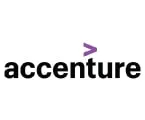
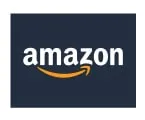
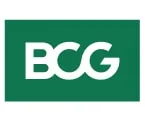
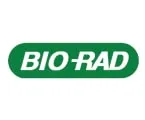
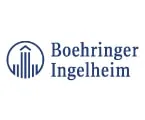
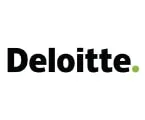
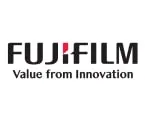
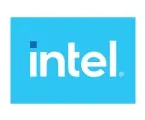
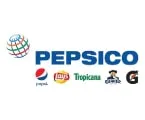
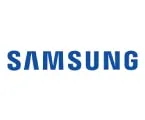
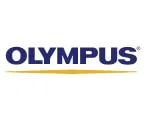
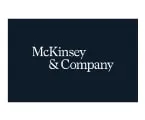
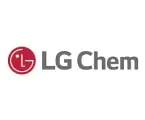
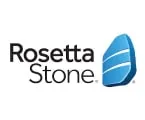
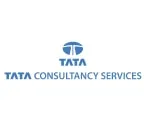
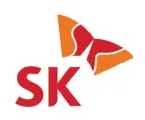
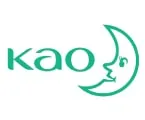
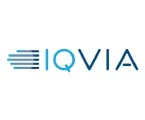
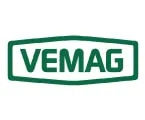
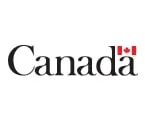
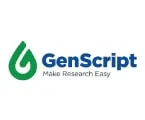
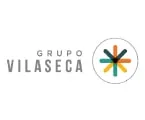
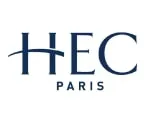
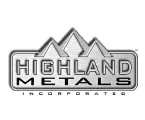
Published Date: Jan-2025
Published Date: Sep-2024
Published Date: Jun-2024
Published Date: Nov-2022
Published Date: Oct-2022
Please enter your corporate email id here to view sample report.
Subscribe to get the latest industry updates